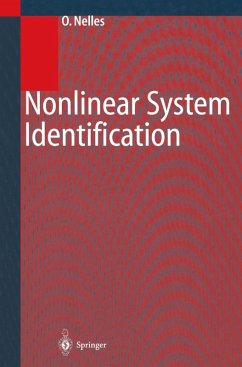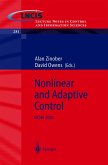The goal of this book is to provide engineers and scientIsts in academia and industry with a thorough understanding of the underlying principles of nonlinear system identification. The reader will be able to apply the discussed models and methods to real problems with the necessary confidence and the awareness of potential difficulties that may arise in practice. This book is self-contained in the sense that it requires merely basic knowledge of matrix algebra, signals and systems, and statistics. Therefore, it also serves as an introduction to linear system identification and gives a practical overview on the major optimization methods used in engineering. The emphasis of this book is on an intuitive understanding of the subject and the practical application of the discussed techniques. It is not written in a theorem/proof style; rather the mathematics is kept to a minimum and the pursued ideas are illustrated by numerous figures, examples, and real-world applications. Fifteen years ago, nonlinear system identification was a field of several ad-hoc approaches, each applicable only to a very restricted class of systems. With the advent of neural networks, fuzzy models, and modern structure opti mization techniques a much wider class of systems can be handled. Although one major characteristic of nonlinear systems is that almost every nonlinear system is unique, tools have been developed that allow the use of the same ap proach for a broad variety of systems.
Dieser Download kann aus rechtlichen Gründen nur mit Rechnungsadresse in A, B, BG, CY, CZ, D, DK, EW, E, FIN, F, GR, HR, H, IRL, I, LT, L, LR, M, NL, PL, P, R, S, SLO, SK ausgeliefert werden.









